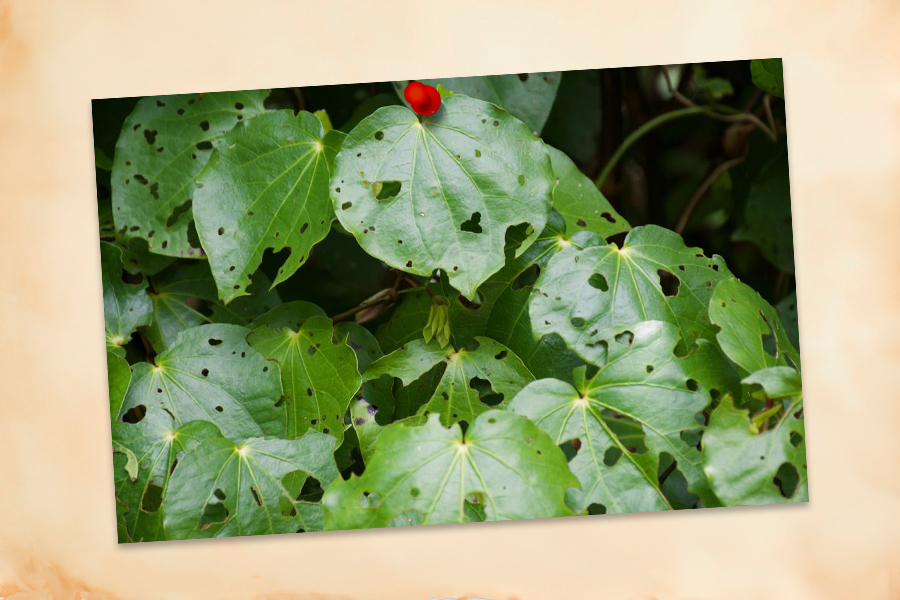Anthropomorphize: that’s when humans make a rock or a stapler or a cat or a spider do people things like talk or dance (a dancing stapler??) or wear shoes or write words in webs. We love stories – always have – and for the thousands of years we’ve been telling them, the more the characters in our stories have been like us, the better. Especially other animals. We use them like a mirror to try and figure out what the heck we’re doing here on Earth (spoiler: still trying).
I bet you know plenty of tales with humanised animals. Don’t forget the ones in fairy tales and fireside legends about how the world began.
Sometimes in those fireside stories humans and animals could understand one another. The Teton-Dakota Indians talk about something called Distant Time (other cultures use different names for it) when things were more fluid and creatures changed shape. In Distant Time stories a person might turn into a buffalo or a snake. A raven could take on human form. And they communicated. Later that all changed. But even now scientists are curious to find out how much we can share with other species.
Apparently, we’re born with what’s called a ‘social brain’ to help us size up our fellow humans and make friends (or enemies). So are fish, birds, amphibians, reptiles – even crustaceans! And when it comes to dogs and their owners, or horses and riders, whose social brains work in some similar ways and who might spend a lot of time together, it seems they can get on the same wavelength.
Which brings us to the big question: In Ride North, is Tooth really talking to Folly?
I promised him I wouldn’t tell.





